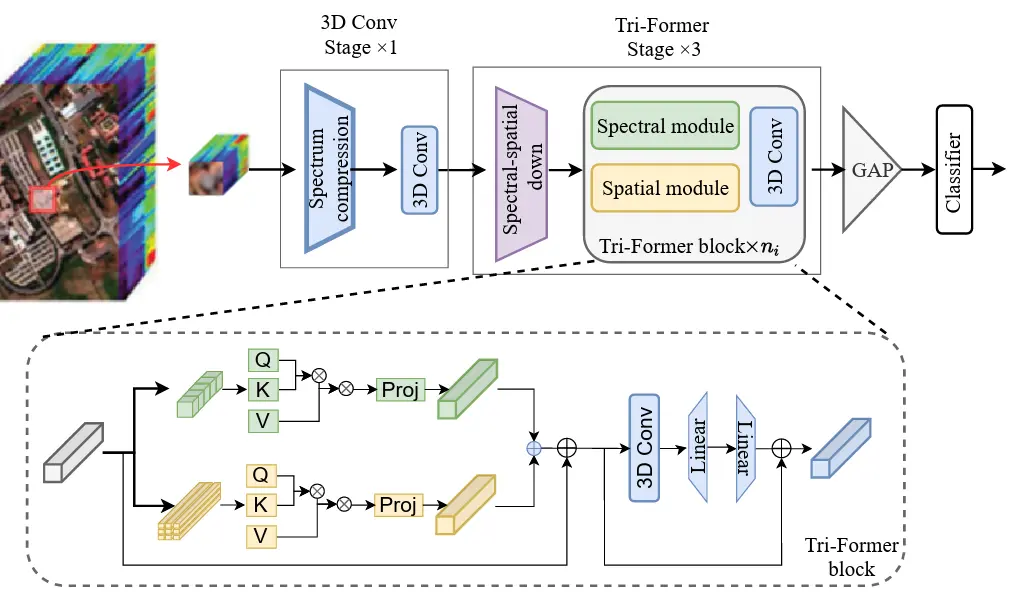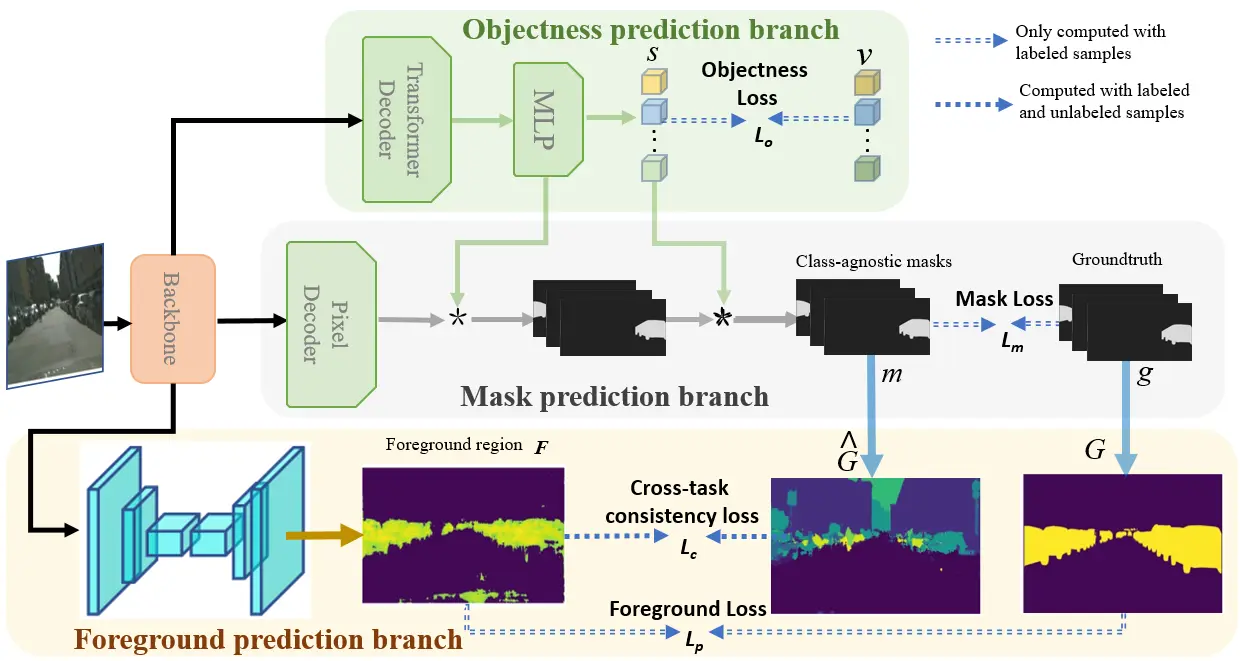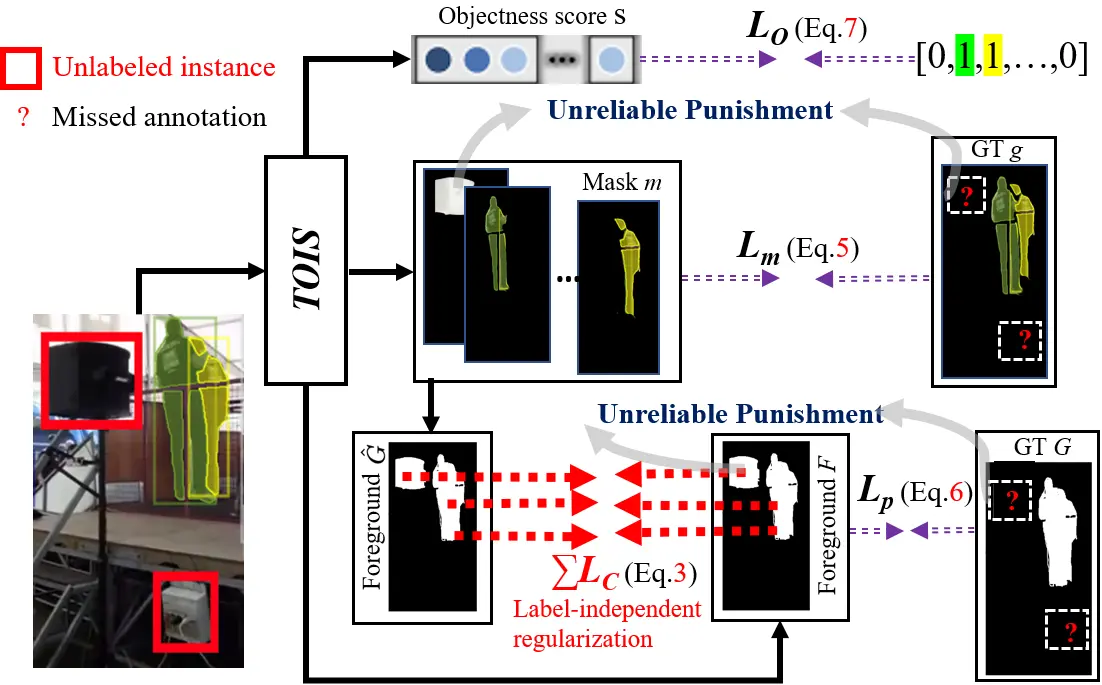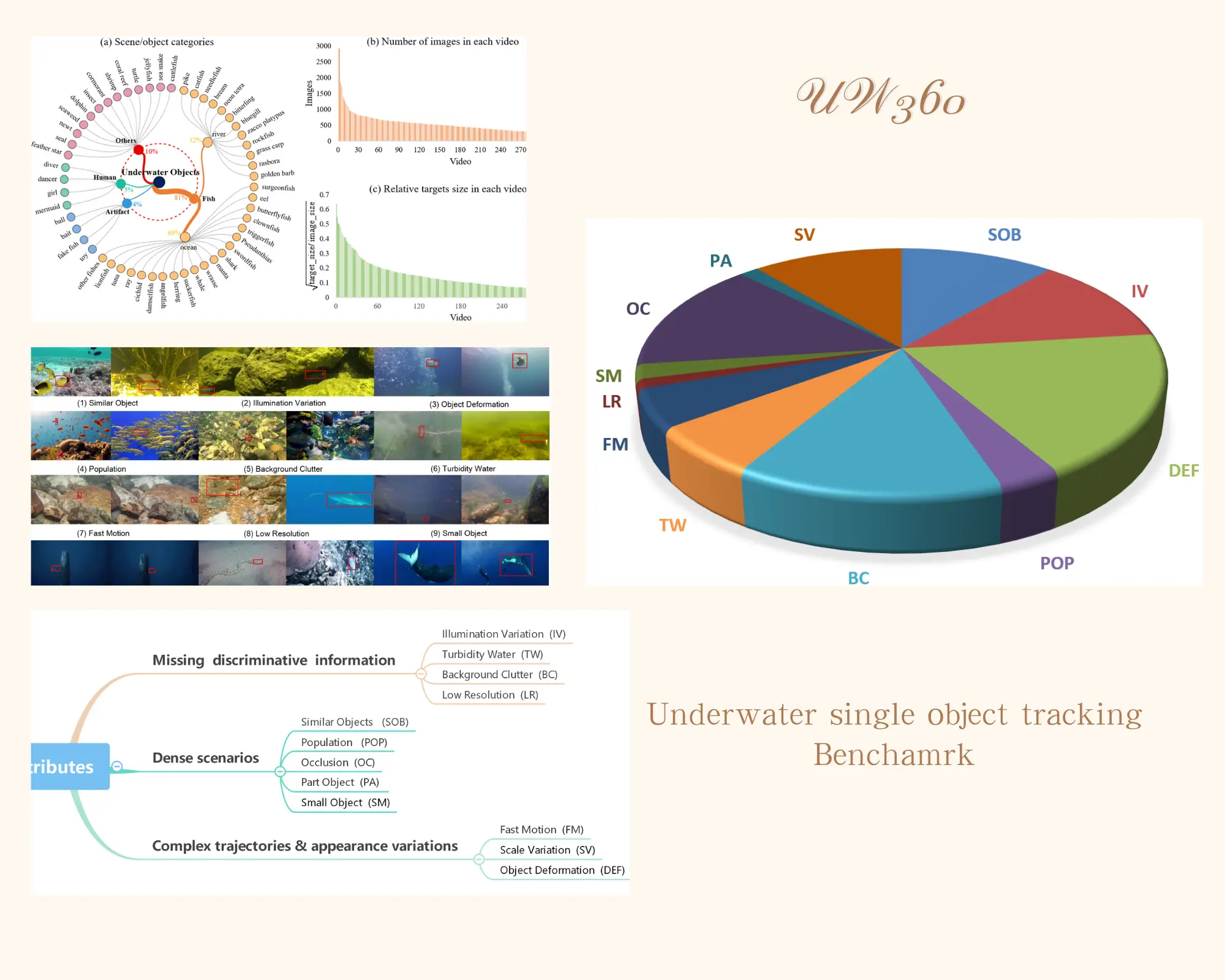Recently, vision transformer (ViT) models have excelled in diverse vision tasks, emerging as robust alternatives to convolutional neural networks. Inspired by this, some researchers have started exploring the use of ViTs in tackling HSI classification and achieved remarkable results. However, the training of ViT models requires a considerable number of training samples, while hyperspectral data, due to its high annotation costs, typically has a relatively small number of training samples. This contradiction has not been effectively addressed. In this paper, aiming to solve this problem, we propose the single-direction tuning (SDT) strategy, which serves as a bridge, allowing us to leverage existing labeled HSI datasets even RGB datasets to enhance the performance on new HSI datasets with limited samples. The proposed SDT inherits the idea of prompt tuning, aiming to reuse pre-trained models with minimal modifications for adaptation to new tasks. But unlike prompt tuning, SDT is custom-designed to accommodate the characteristics of HSIs. The proposed SDT utilizes a parallel architecture, an asynchronous cold-hot gradient update strategy, and unidirectional interaction. It aims to fully harness the potent representation learning capabilities derived from training on heterologous, even cross-modal datasets. In addition, we also introduce a novel Triplet-structured transformer (Tri-Former), where spectral attention and spatial attention modules are merged in parallel to construct the token mixing component for reducing computation cost and a 3D convolution-based channel mixer module is integrated to enhance stability and keep structure information. Comparison experiments conducted on three representative HSI datasets captured by different sensors demonstrate the proposed Tri-Former achieves better performance compared to several state-of-the-art methods. Homologous, heterologous and cross-modal tuning experiments verified the effectiveness of the proposed SDT. [Paper] [code]






